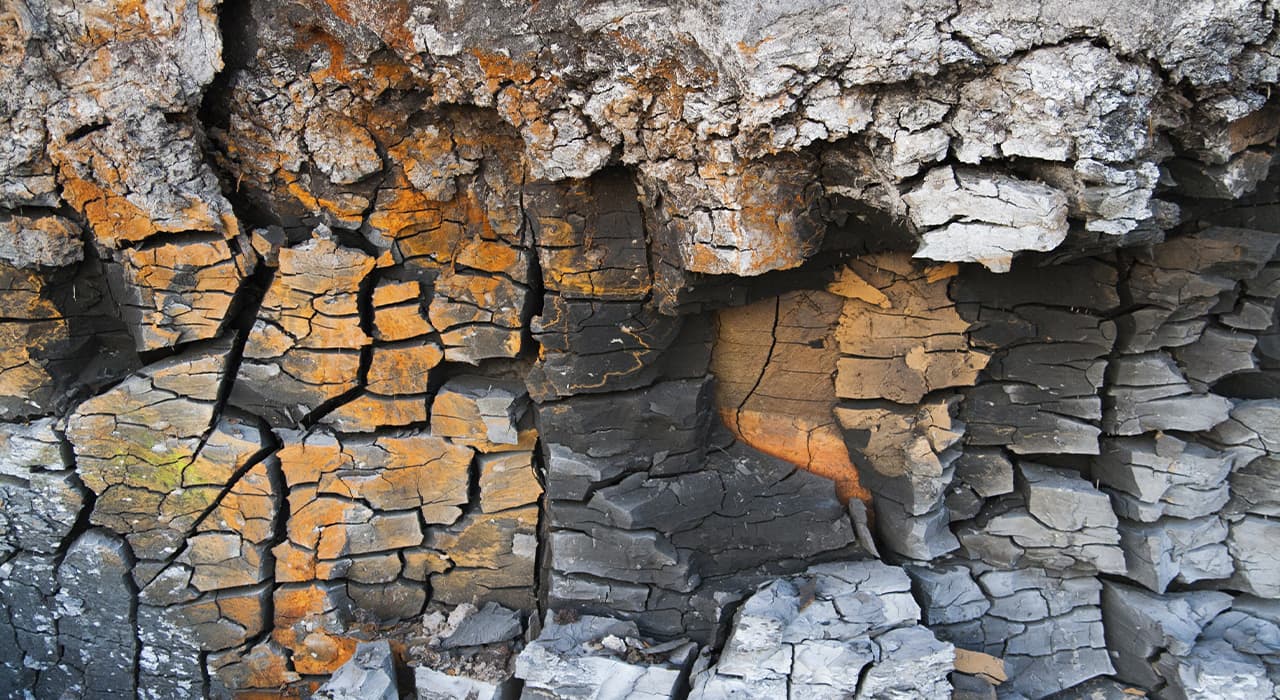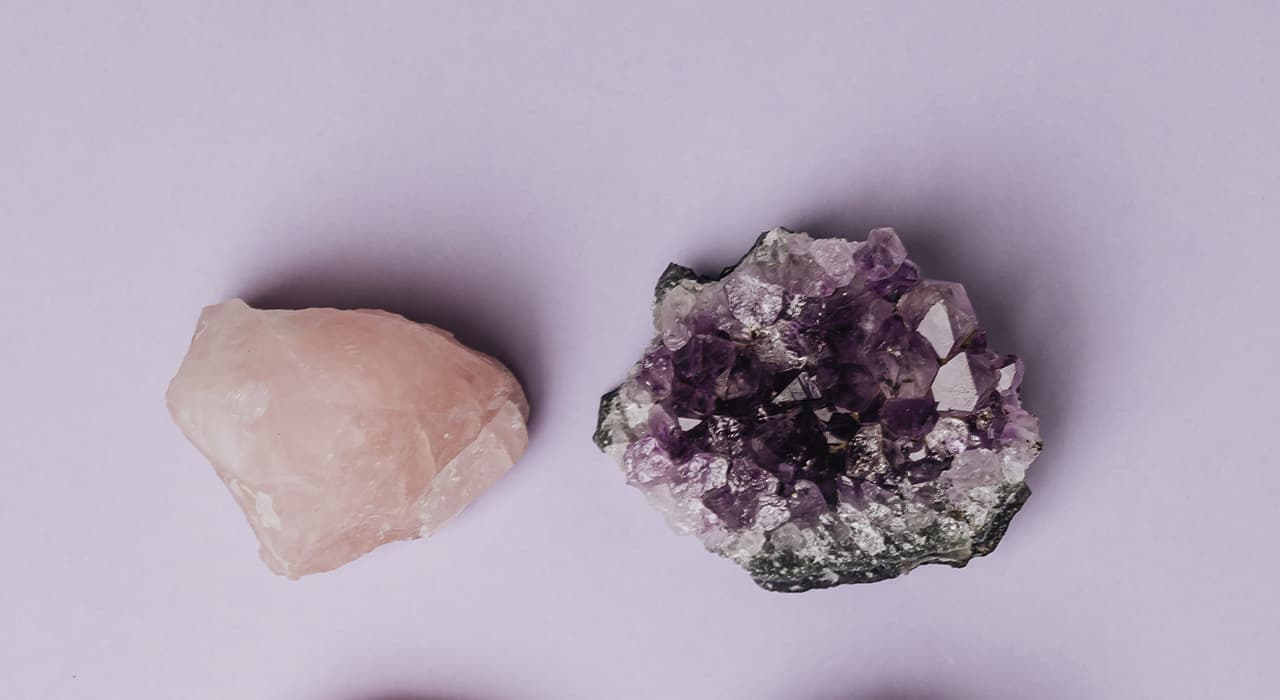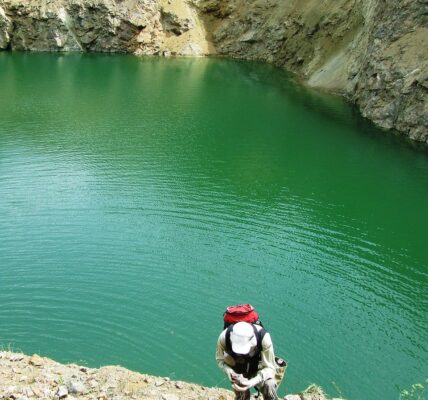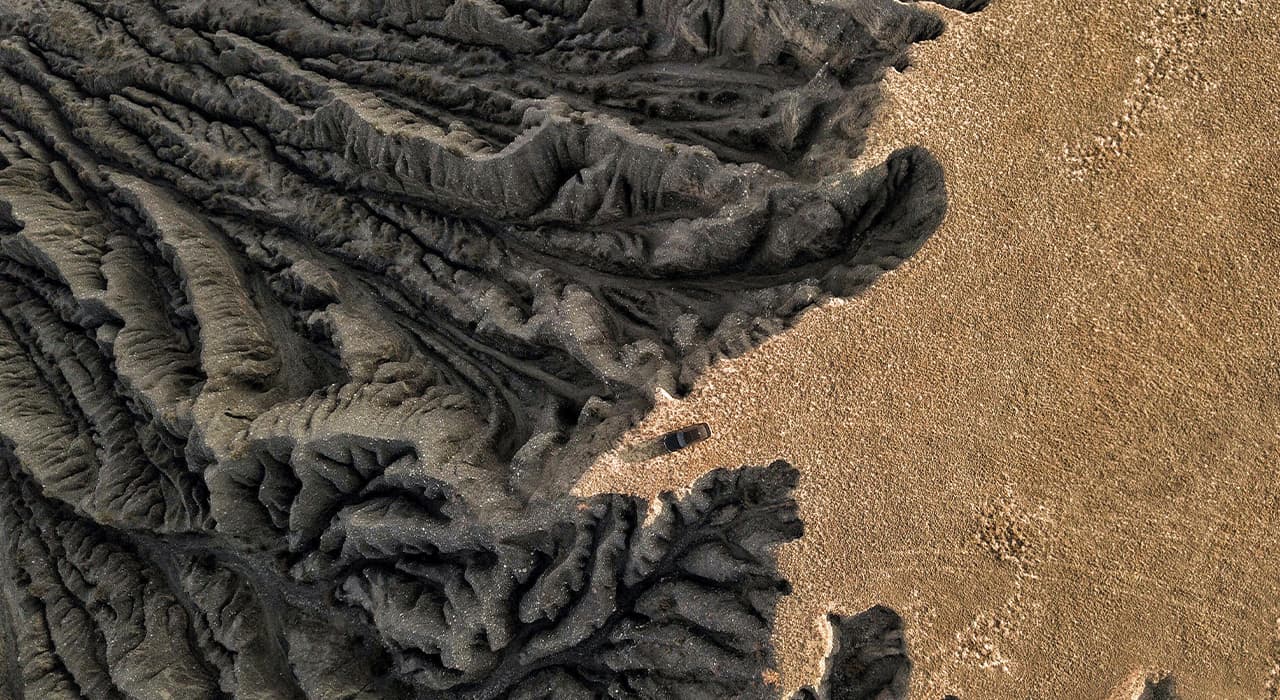Have you ever stopped to think about what really makes our modern gadgets and green energy solutions tick? It turns out that tiny amounts of special minerals found deep in the Earth are the unsung heroes behind everything from your smartphone to wind turbines. Let’s take a friendly stroll through the fascinating world of rare minerals and see why they’re so important.
So, What Are Rare Minerals?
At their core, rare minerals are elements or compounds with unique traits that give our modern tech its edge. You might have heard of rare earth elements like neodymium, dysprosium, or europium. But there’s more to the story—they also include materials such as lithium, cobalt, tantalum, and platinum-group metals. Even though many of these elements exist in the Earth’s crust, they usually aren’t found in large, easy-to-mine deposits. That’s why extracting them is often tricky and requires a bit of ingenuity.
Here’s a quick rundown of what makes these minerals so special:
• Unique Traits: They have magnetic, optical, or catalytic properties that make them indispensable in advanced technologies.
• Small but Mighty: Even tiny quantities can make a huge difference in electronic devices.
• Intricate Extraction: Mining them isn’t as straightforward as digging up a lump of ore—it often involves delicate and carefully managed processes.
Powering Our Gadgets and Gizmos
Let’s be honest—imagine your day without your phone or computer. It’s hard, isn’t it? Modern electronics depend heavily on rare minerals. For instance:
• Indium and Gallium: These elements are key to making crisp LCD screens and vibrant LEDs.
• Tantalum: This mineral plays a crucial role in the tiny capacitors that keep your electronics running smoothly.
• Rare Earth Elements: They help produce strong magnets and special phosphors that make our devices more efficient and colorful.
Driving the Green Revolution
You know, the shift toward renewable energy is more than just a trend. It’s a movement fueled by rare minerals. Think about the wind turbines that dot our landscapes or the batteries powering electric cars. Here’s how these minerals are making a difference:
• Magnetic Marvels: Neodymium and dysprosium are vital for creating powerful magnets used in wind turbines and electric motors.
• Battery Essentials: Lithium and cobalt are the backbone of the batteries that store energy, giving us longer-lasting power.
• Cleaner Air: Platinum-group metals help reduce harmful emissions in vehicles through catalytic converters, contributing to a cleaner environment.
Beyond Phones and Cars: Aerospace, Defense, and Medicine
Rare minerals don’t stop at electronics and energy—they’re also crucial in industries like aerospace, defense, and healthcare. Let’s break it down:
• Aerospace & Defense: Aircraft and defense systems often use titanium alloys and specially treated ceramics that incorporate rare minerals. These materials offer the perfect mix of strength and lightness, which is vital when you’re dealing with high-performance machinery.
• Medical Innovations: Ever marveled at the clarity of an MRI scan? That’s thanks to superconducting magnets that rely on rare earth elements. And in cancer treatment, certain radiopharmaceuticals use these minerals to improve imaging and therapy.
The Challenges of Getting These Treasures
Of course, nothing worthwhile comes without a few bumps along the road. Mining rare minerals can be tough—not just technically but also environmentally. Here are some of the challenges:
• Mining Isn’t Easy: Even though these minerals are in the crust, finding them in deposits that are worth mining often means dealing with low concentrations and difficult extraction methods.
• Environmental Concerns: Mining activities can sometimes lead to soil damage, water pollution, and loss of local wildlife. This means that companies have to be extra careful with waste management and environmental protection.
• Innovative Solutions: The good news is that researchers are getting creative. Methods like recycling old electronics (often called urban mining) and using greener extraction techniques are starting to reduce the environmental footprint of mining.
The Global Puzzle of Supply and Demand
Rare minerals are scattered unevenly around the globe. A few countries hold most of the deposits, which can lead to supply risks and even geopolitical tension. Here’s what that looks like:
• Supply Chain Worries: Countries relying on imports may face challenges if trade issues or political disagreements arise.
• Strategic Moves: Many nations are now thinking ahead by setting aside reserves or boosting their own mining and processing capabilities.
• Economic Edge: Having a steady supply of these minerals isn’t just about keeping up with technology—it can also give a country a significant boost in economic and technological prowess.
Looking Ahead: The Future of Rare Minerals
What does the future hold? It’s all about balancing progress with sustainability. Here are some exciting trends:
• New Materials Research: Scientists are exploring alternatives that might lessen our dependence on these minerals. Imagine finding new materials that can do the same job without the heavy environmental toll.
• Better Recycling: Advances in recycling are making it easier to reclaim rare minerals from old electronics, reducing the need for fresh extraction.
• Smart Exploration: With new tools like AI and digital mapping, researchers are getting better at locating economically viable deposits, making the process more efficient.
• Eco-Friendly Mining: Innovations in green mining practices are already showing promise, aiming to protect the environment while still meeting our technological needs.
Wrapping It All Up
Rare minerals might seem like tiny, hidden parts of the Earth, but they have a huge impact on our daily lives. They power our devices, drive renewable energy, support advanced medical technologies, and even play a role in aerospace and defense. Yes, mining them comes with its challenges, but with smarter practices and innovative thinking, we can enjoy the benefits while caring for our planet.
Next time you use your phone or see a wind turbine spinning in the breeze, remember that deep beneath the surface, our planet is quietly offering up treasures that make our modern way of life possible. Isn’t it amazing how something so small can have such a big impact?




